What are Whitening Drugs?
Whitening drugs, also known as skin-lightening agents, are substances used to reduce the production of melanin in the skin, resulting in a lighter skin tone. These drugs are often used to treat hyperpigmentation conditions like melasma, age spots, and post-inflammatory hyperpigmentation. They work by interfering with the process of melanin synthesis, either by inhibiting the enzyme tyrosinase, which is crucial for melanin production, or by removing existing melanin from the skin. The effectiveness and safety of these drugs vary, and they should be used under the guidance of a healthcare professional.
Types of Whitening Drugs
There are various types of whitening drugs available, each with its own mechanism of action, strengths, and potential side effects. The choice of drug depends on the individual’s skin type, the specific condition being treated, and the severity of the pigmentation. It’s crucial to understand the different types to make an informed decision and to use them safely under medical supervision. It’s also important to note that not all whitening drugs are available over-the-counter, and some require a prescription from a dermatologist or other qualified healthcare provider.
Hydroquinone
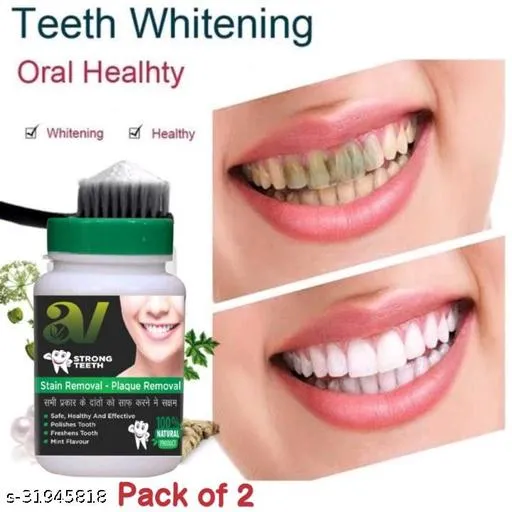
Hydroquinone is one of the most commonly used skin-lightening agents. It works by inhibiting tyrosinase, an enzyme essential for melanin production. This drug is often prescribed to treat conditions like melasma and age spots. While effective, hydroquinone can cause side effects, including skin irritation, redness, and in rare cases, ochronosis (a bluish-black pigmentation of the skin) with prolonged use. Hydroquinone products are typically available in various concentrations, and usage should be strictly monitored by a healthcare professional. Many countries have regulations regarding its usage.
Tretinoin
Tretinoin, a derivative of vitamin A, is often used to treat acne, but it also has skin-lightening properties. It promotes cell turnover, which helps to exfoliate the skin and reduce the appearance of dark spots. Tretinoin also increases collagen production, improving skin texture. When used for skin whitening, it’s often combined with other agents like hydroquinone. Potential side effects include skin irritation, redness, and increased sensitivity to sunlight. Because of its potent nature, Tretinoin use should also be supervised by a healthcare provider to avoid complications.
Corticosteroids
Corticosteroids, such as clobetasol propionate, are sometimes used in combination with other whitening agents. They help reduce inflammation and irritation, which can be beneficial in treating certain skin conditions that cause hyperpigmentation. However, long-term use of corticosteroids can lead to thinning of the skin, stretch marks, and other side effects. Therefore, they are generally used for a short duration and under strict medical supervision. They are not a primary whitening agent but can support the effects of other active ingredients.
Other Whitening Agents
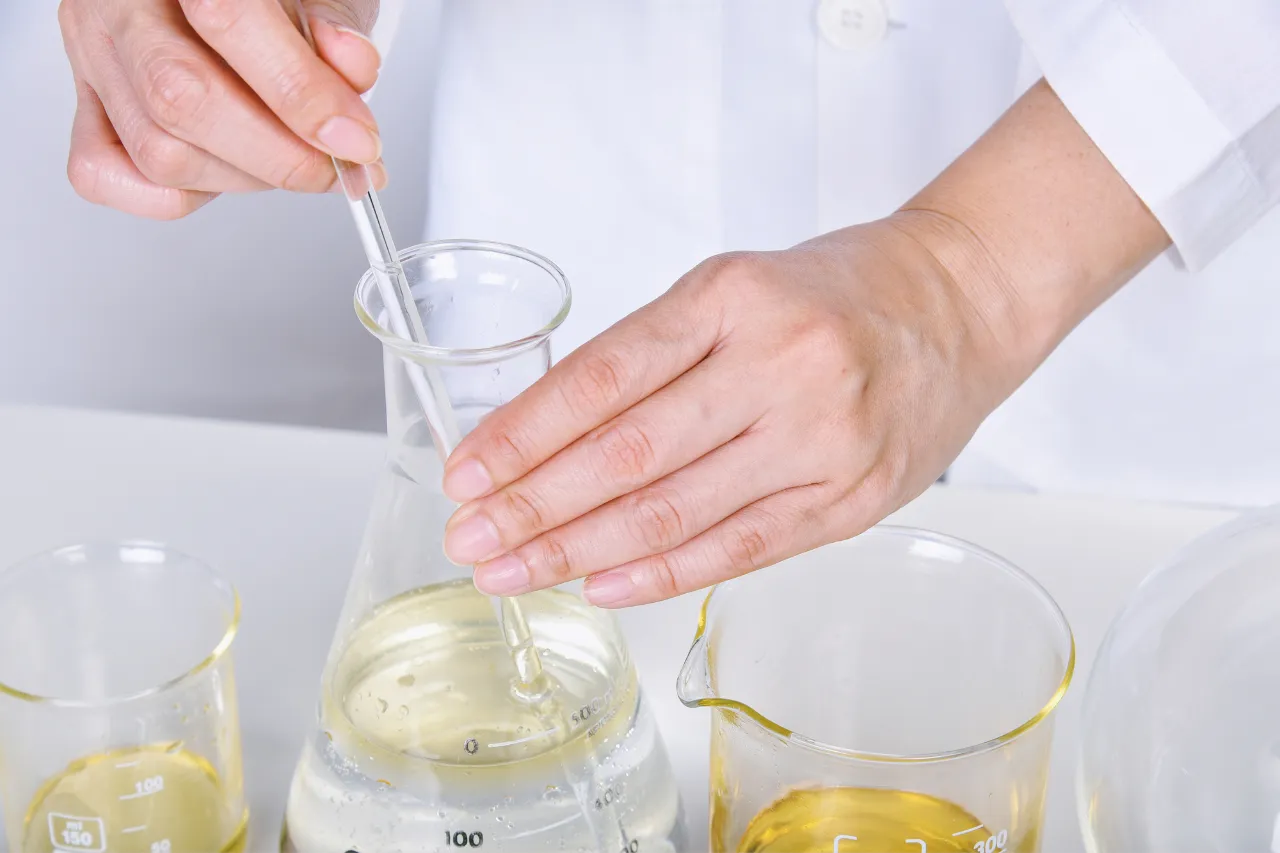
Besides the above-mentioned drugs, other agents are used for skin whitening. These include azelaic acid, kojic acid, and arbutin. Azelaic acid is a naturally occurring acid that reduces melanin production and has anti-inflammatory properties. Kojic acid is derived from fungi and also inhibits tyrosinase. Arbutin, a derivative of hydroquinone, is considered a safer alternative. These agents generally have fewer side effects compared to hydroquinone but may be less effective. They can be found in various skincare products and are often used to maintain skin tone after more intensive treatments.
How Whitening Drugs Work
Whitening drugs interfere with the natural process of melanin production. Melanin is the pigment responsible for skin color, and its production is regulated by the enzyme tyrosinase. These drugs work by either inhibiting this enzyme or by disrupting the process of melanin transfer to skin cells. By reducing melanin production, the skin gradually becomes lighter. The effectiveness of these drugs depends on factors such as the concentration of the active ingredient, the individual’s skin type, and the specific skin condition being treated. It is essential to understand the mechanism of action to use them effectively.
The Science Behind Skin Whitening
The science behind skin whitening involves a complex interplay of biochemical pathways. Melanocytes, specialized cells in the skin, produce melanin through a process called melanogenesis. This process is triggered by the enzyme tyrosinase, which converts tyrosine to melanin precursors. Whitening drugs target this process at various stages. Some drugs, like hydroquinone, directly inhibit tyrosinase. Others, like tretinoin, promote cell turnover, helping to shed pigmented skin cells. The ultimate goal is to reduce the amount of melanin in the skin, leading to a lighter skin tone and a more even complexion.
Melanin Production and Inhibition
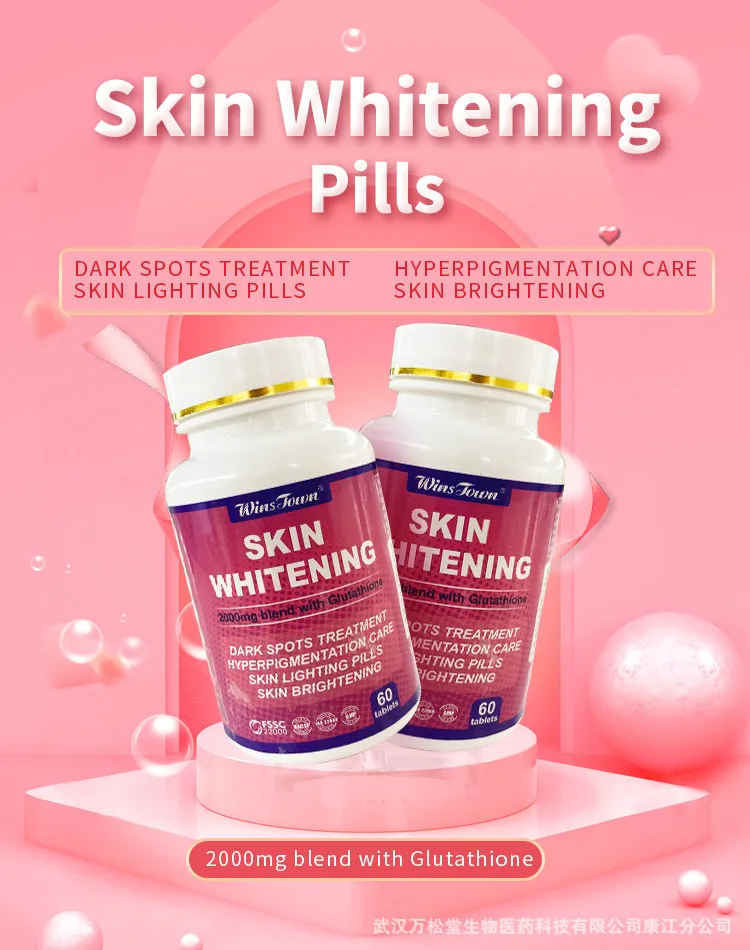
Melanin production is a complex process that involves several steps. Tyrosinase plays a critical role in the initial stages of melanin synthesis. Whitening drugs inhibit tyrosinase or disrupt the transfer of melanosomes (melanin-containing granules) to keratinocytes (skin cells). By reducing the amount of melanin, these drugs lighten the skin. Different drugs may affect various steps in this process, leading to variations in their effectiveness and potential side effects. Understanding how melanin is produced helps in comprehending the function of whitening drugs and managing their use effectively.
7 Key Facts About Whitening Drugs
Fact 1 Effectiveness varies
The effectiveness of whitening drugs varies greatly. Factors influencing their effectiveness include the specific drug used, its concentration, the individual’s skin type, and the underlying skin condition. Some individuals may see significant improvements, while others may experience only minimal changes. It is important to have realistic expectations and understand that results can take time. Consulting a dermatologist is crucial to determine the most effective treatment plan for individual needs and skin conditions.
Fact 2 Potential Side Effects
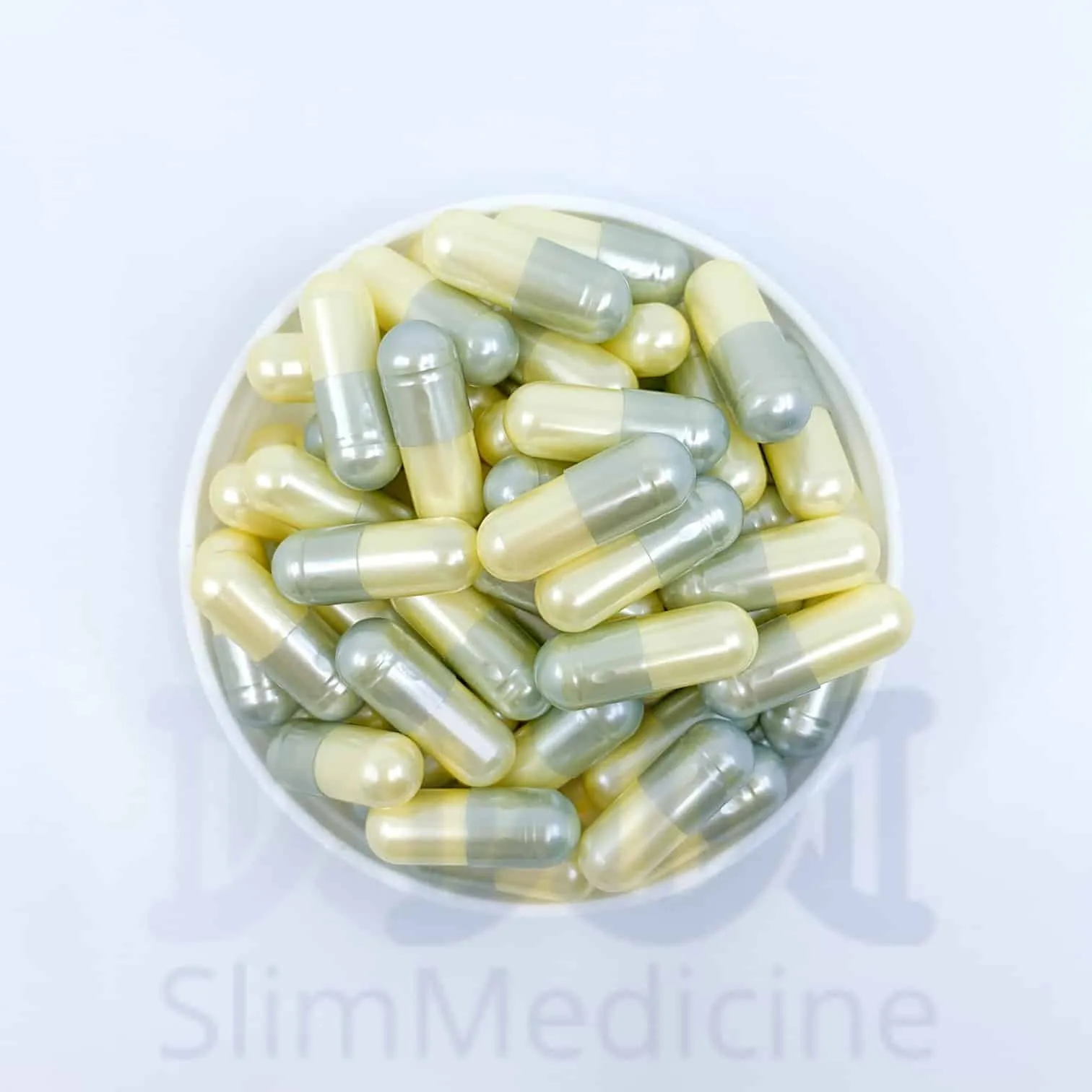
All whitening drugs have potential side effects. Common side effects include skin irritation, redness, and dryness. More severe side effects can include ochronosis (a blue-black discoloration of the skin), skin thinning, and increased sensitivity to the sun. The risk of side effects can vary depending on the specific drug, its concentration, and the duration of use. It is critical to monitor the skin closely for any adverse reactions and to seek medical advice if they occur.
Fact 3 Drug Interactions
Whitening drugs can interact with other medications or skincare products, potentially increasing the risk of side effects or reducing their effectiveness. For example, using tretinoin with benzoyl peroxide can cause increased irritation. It’s crucial to inform your dermatologist about all medications and skincare products you are using. Combining whitening drugs with certain exfoliants or harsh chemicals can also lead to adverse reactions. Always follow your dermatologist’s instructions and be cautious when using multiple products simultaneously.
Fact 4 Sun Sensitivity
Most whitening drugs increase skin sensitivity to the sun. This means that the skin is more prone to sunburn and further hyperpigmentation. Therefore, it is crucial to use broad-spectrum sunscreen with a high SPF every day, even on cloudy days. Protective clothing, hats, and avoiding direct sun exposure are also recommended. Sun protection is essential to prevent new pigmentation from forming and to protect the skin while undergoing treatment. Failure to protect the skin can negate the benefits of whitening drugs and worsen existing conditions.
Fact 5 Application Methods
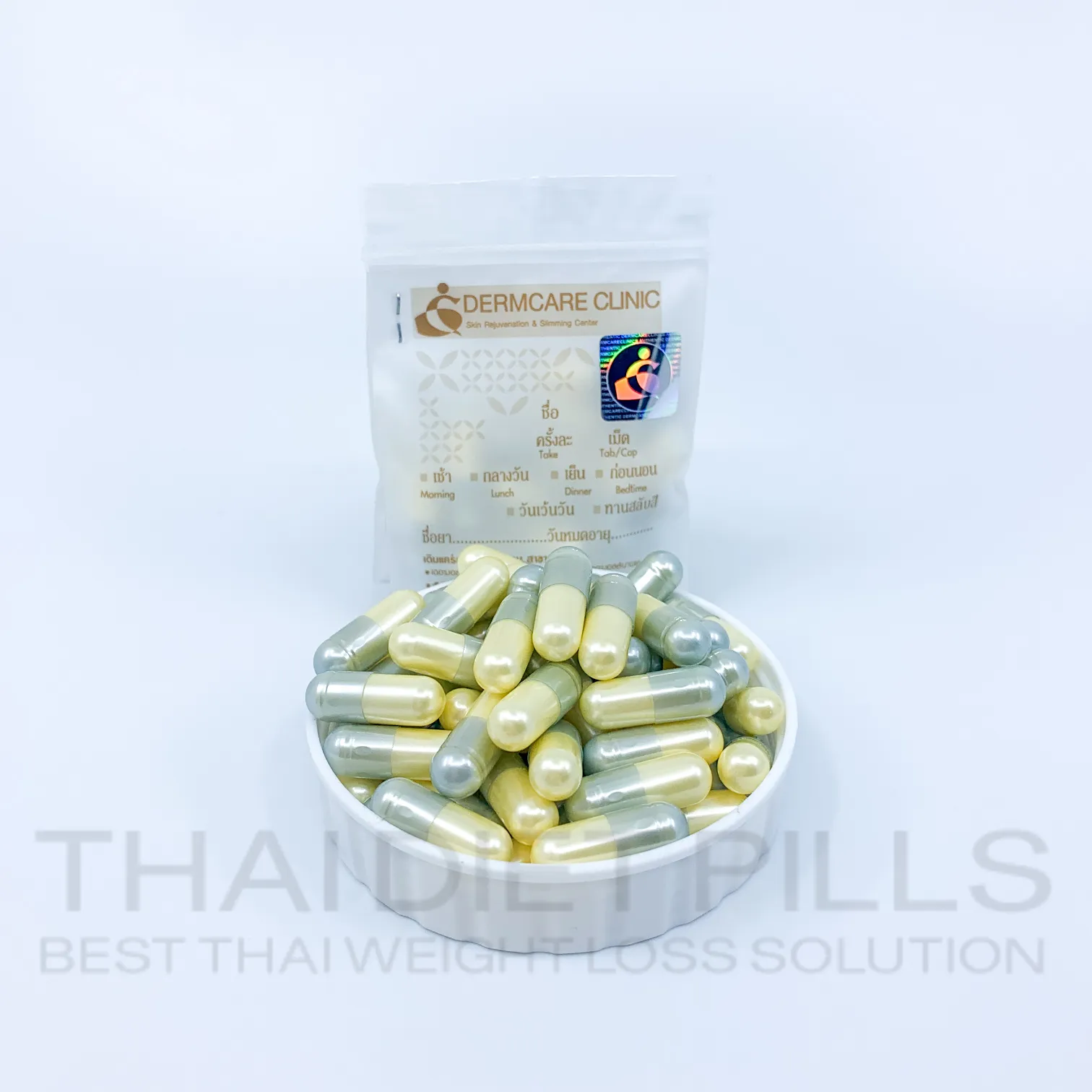
The application method for whitening drugs is crucial for effectiveness and safety. Always follow the instructions provided by your dermatologist or the product label. Typically, whitening creams are applied thinly to the affected areas once or twice daily. Avoid applying the drug to healthy skin surrounding the affected area to minimize side effects. Some drugs may require specific application techniques, such as waiting a certain time before applying other products. The correct application ensures that the medication works effectively and reduces the risk of adverse reactions.
Fact 6 Usage Duration
The duration of use for whitening drugs varies depending on the specific drug, the skin condition being treated, and the individual’s response. Some drugs, like hydroquinone, are often used for a limited time, typically a few months, to minimize the risk of side effects. Tretinoin can be used for longer periods, but it should still be monitored by a healthcare professional. It’s essential to adhere to the prescribed usage duration to avoid potential complications. Regular check-ups with a dermatologist are important to assess the treatment’s progress and make adjustments as needed.
Fact 7 Regulatory Status
The regulatory status of whitening drugs varies across different countries. Some countries have banned or restricted the use of certain ingredients, such as hydroquinone, due to safety concerns. Others may require a prescription for specific whitening agents. It is important to be aware of the regulations in your country and to purchase products from reputable sources. The use of unregulated products can pose significant health risks. Always consult a healthcare professional to ensure that the drugs you are using are safe and legal in your area.
Benefits of Using Whitening Drugs
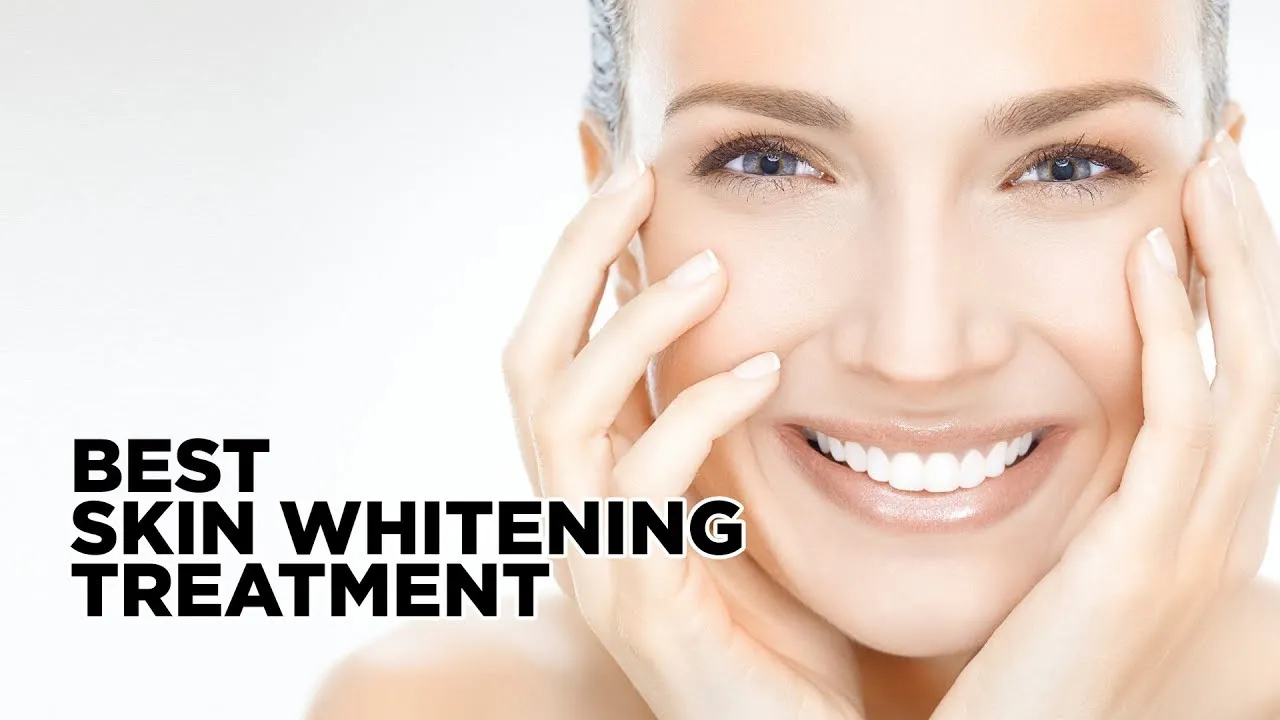
Whitening drugs can offer several benefits to individuals dealing with hyperpigmentation or uneven skin tone. However, these benefits depend heavily on the condition being treated and the effectiveness of the drug used. It is important to manage expectations and understand that results take time and vary among individuals. Consulting a dermatologist allows for a tailored approach, increasing the chances of seeing desired results. Benefits are often most pronounced when combined with a consistent skincare routine.
Improved Skin Tone and Texture
One of the primary benefits of whitening drugs is the improvement in skin tone and texture. These drugs can help reduce the appearance of dark spots, blemishes, and uneven pigmentation, resulting in a more uniform complexion. Some whitening agents, such as tretinoin, also stimulate collagen production, leading to smoother, more youthful-looking skin. With consistent use and proper care, individuals often experience significant improvements in their skin’s overall appearance, boosting their confidence.
Reduced Hyperpigmentation
Whitening drugs are particularly effective in reducing hyperpigmentation caused by various factors, including sun damage, acne scars, and hormonal changes. By targeting the mechanisms of melanin production, these drugs can fade dark spots and patches, restoring a more even skin tone. The effectiveness of these drugs depends on the type and severity of hyperpigmentation, as well as the specific ingredients used. Continued use, coupled with sun protection, is usually required for optimal and sustained results.
Increased Confidence
For many individuals, skin conditions such as hyperpigmentation can significantly impact their self-esteem and confidence. Whitening drugs can help improve the appearance of the skin, leading to increased confidence and a more positive self-image. Seeing a visible improvement in their skin tone can have a profound effect on how individuals perceive themselves and interact with others. Addressing skin concerns can improve overall well-being and allow individuals to feel more comfortable and confident in their own skin.
Risks and Side Effects of Whitening Drugs
While whitening drugs can provide benefits, they also carry potential risks and side effects. It is essential to be aware of these before starting any treatment and to consult a healthcare professional. Side effects can range from mild to severe, and some can have long-term consequences. Proper use, under medical supervision, is crucial to minimize risks and ensure safe and effective treatment.
Skin Irritation
Skin irritation is a common side effect of many whitening drugs. This can manifest as redness, itching, dryness, and peeling. The severity of skin irritation can vary depending on the drug used, its concentration, and the individual’s skin sensitivity. It is important to monitor the skin closely and to reduce the frequency or discontinue use if irritation becomes excessive. Using a gentle moisturizer can help alleviate mild irritation. If irritation persists, consulting a dermatologist is recommended.
Changes in Skin Pigmentation
Whitening drugs can sometimes cause changes in skin pigmentation, including both hyperpigmentation (darkening) and hypopigmentation (lightening). Paradoxical darkening can occur, especially with hydroquinone, if it is used improperly or for extended periods. Hypopigmentation, or the loss of pigment, can result in lighter patches of skin. These changes in pigmentation can be permanent in some cases. Therefore, it is crucial to follow the dermatologist’s instructions and monitor the skin for any unusual changes.
Allergic Reactions
Allergic reactions to whitening drugs are possible, although not very common. These can manifest as skin rashes, hives, swelling, or itching. In severe cases, an allergic reaction can lead to anaphylaxis, a life-threatening condition. If any signs of an allergic reaction appear, it is crucial to stop using the drug immediately and seek medical attention. Informing your healthcare provider about any allergies before starting treatment can help minimize this risk.
Long-term Health Concerns
Long-term use of certain whitening drugs, particularly those containing hydroquinone, has been linked to potential health concerns. Although research is ongoing, there are concerns about the potential for ochronosis (a permanent blue-black discoloration of the skin) and increased risk of skin cancer. The European Union and other regions have restricted or banned the use of hydroquinone in certain products. Always consult your doctor about the safety and risks of long-term use, and follow recommended guidelines.
Proper Use and Precautions
Using whitening drugs safely requires careful adherence to instructions and precautions. Proper use involves consulting a dermatologist, following application guidelines, and protecting the skin from the sun. Adhering to these precautions ensures that treatments are effective and minimizes the risk of adverse effects.
Consulting a Dermatologist
Before starting any whitening drug, consult a dermatologist. A dermatologist can assess your skin type, identify the underlying cause of hyperpigmentation, and recommend the most appropriate treatment. They can also monitor your skin for any side effects and adjust your treatment plan as needed. A professional consultation ensures that you receive personalized advice and reduces the risk of potential complications. Self-treating without medical guidance is not recommended.
Patch Testing
Before applying a new whitening drug to a large area of skin, perform a patch test. Apply a small amount of the product to a small area of skin, such as behind your ear or on your inner arm, and wait for 24 to 48 hours. If you experience any irritation, redness, or other adverse reactions, discontinue use. A patch test helps to determine if you are allergic to the product and minimizes the risk of a widespread reaction. Always follow the directions provided by your dermatologist or the product’s label.
Sun Protection
Sun protection is essential when using whitening drugs, as they often increase the skin’s sensitivity to the sun. Apply a broad-spectrum sunscreen with a high SPF (at least 30) every day, even on cloudy days. Reapply sunscreen every two hours, especially if you are spending time outdoors. Wear protective clothing, such as hats and long sleeves, and seek shade during peak sun hours. Protecting your skin from the sun is crucial for preventing further hyperpigmentation and minimizing the risk of side effects.
Alternatives to Whitening Drugs
If whitening drugs are not suitable for you, there are several alternative treatments and strategies for managing hyperpigmentation and improving skin tone. These alternatives can be used alone or in combination with other treatments, offering a safer and more holistic approach to skin care. Consulting a dermatologist will provide valuable guidance in selecting the right alternatives that suit your unique skin type and concerns.
Alternative options for skin lightening include chemical peels, laser treatments, and the use of natural ingredients, like vitamin C and alpha hydroxy acids (AHAs). Chemical peels involve the application of chemical solutions to exfoliate the skin and reduce pigmentation. Laser treatments use focused light to target melanin and lighten dark spots. Natural ingredients can also help brighten the skin and reduce hyperpigmentation. These alternatives are often gentler and carry fewer risks compared to some whitening drugs. Remember to consult a dermatologist about which alternatives are most suitable for you.
Furthermore, a consistent skincare routine, including the use of gentle cleansers, moisturizers, and sun protection, plays a crucial role in managing hyperpigmentation and maintaining healthy skin. Regular exfoliation can help remove dead skin cells and promote cell turnover, revealing a brighter complexion. Avoiding harsh skincare products and practices, such as excessive scrubbing, can also prevent further irritation and pigmentation. Additionally, a healthy lifestyle, including a balanced diet and sufficient hydration, contributes to overall skin health.
